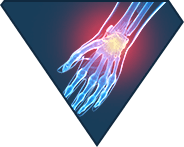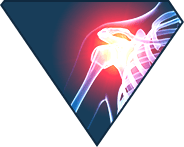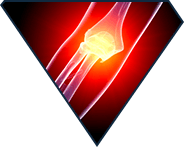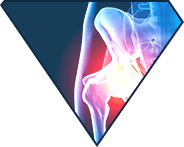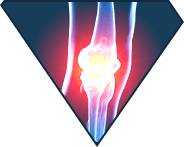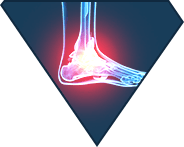Shoulder Arthrograms

A shoulder arthrogram is a contrast-enhanced imaging study performed to evaluate the shoulder joint. It is usually performed if standard X-rays fail to provide a detailed picture of the internal structure of the shoulder. During the procedure, contrast dye is injected into the shoulder joint using a long, thin needle and a series of X-rays are taken in various positions throughout the range of motion of the shoulder. An MRI scan, CT scan, or fluoroscopy may be used to provide greater imaging detail.
A shoulder arthrogram may be ordered by your doctor to:
- Identify the cause of unexplained, persistent pain and discomfort, reduced range of motion, or any abnormality in the functioning of the shoulder
- Evaluate the soft tissues such as joint capsule, cartilage, tendons, and ligaments that surround the joint
- Identify any damage caused by recurrent shoulder dislocations
- Evaluate a shoulder prosthesis
- Identify loose bodies.
In general, there are no dietary or activity restrictions prior to undergoing a shoulder arthrogram. However, depending on any pre-existing medical condition or allergy your doctor may give you specific instructions. Initially, shoulder X-rays may be taken for comparison with the arthrogram. After application of local anaesthesia, any pathologic fluid collection within the shoulder is removed. The contrast dye is then injected and the shoulder taken through its range of motion to evenly distribute the fluid throughout the joint. Multiple X-rays of the shoulder are then taken in various positions. X-rays may also be performed under traction for better images.
As with any procedure, there is a minimal risk of bleeding, infection, allergy to the contrast dye and delayed healing at the site of injection. There may also be slight discomfort from having to hold your shoulder in various positions during the study as well as slight swelling. You are advised to rest the joint for a few hours prior to resuming your activities of daily living.



